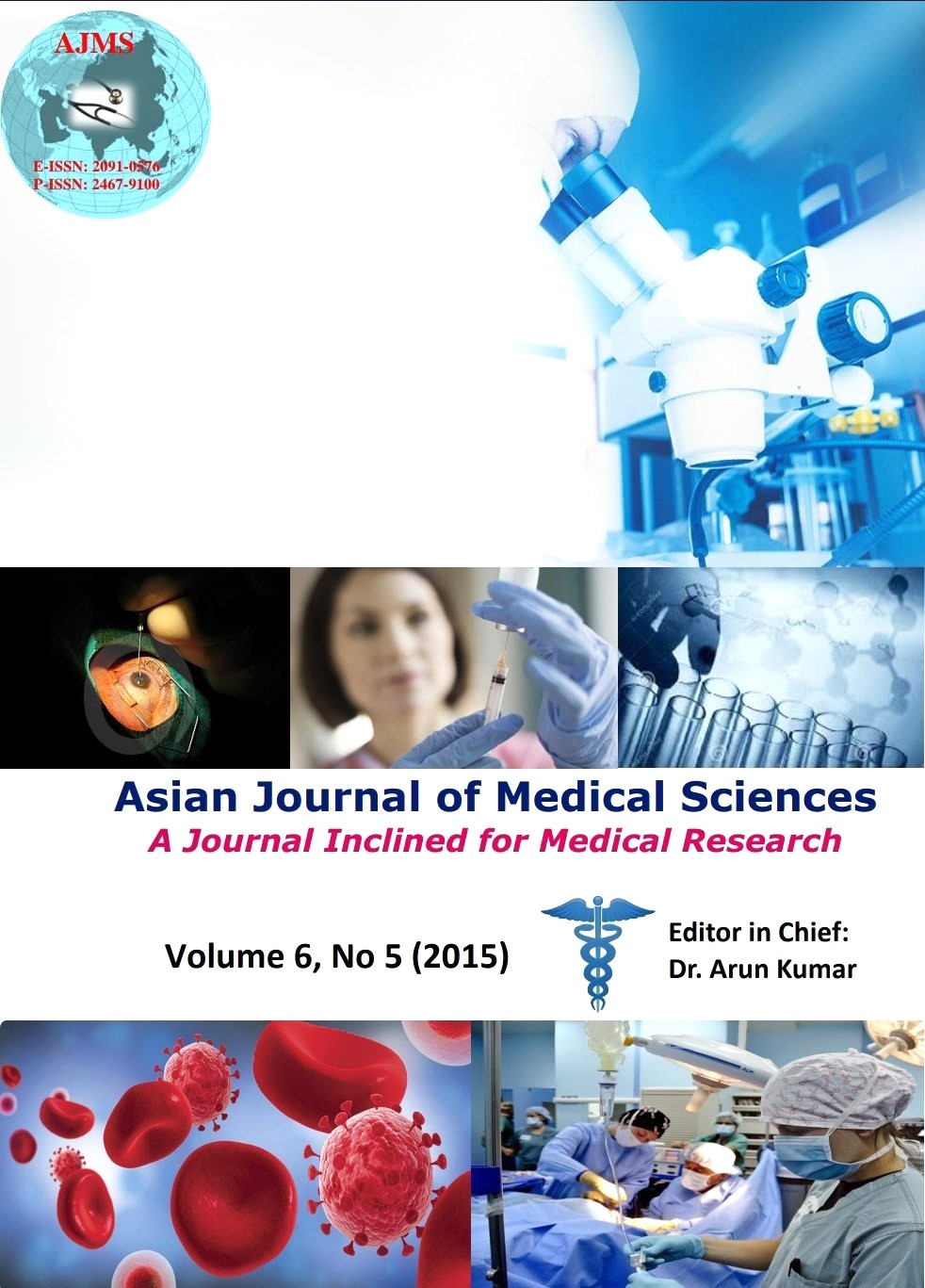Self-medication trend among the urban elderly - a cross-sectional, observational study
Keywords:
Self medication, Urban, Elderly peopleAbstract
Objective: To describe and analyze the demographic and pharmacological characteristics ofself-medication trends among a geriatric urban population in a community.
Materials and Methods: Thisstructured interview-based, cross-sectional survey was conducted among elderly subjectsof either sex in an urban community, who visited two pre-identifi ed, retail pharmacies in asub-urban locality, for procuring sundry medicinal products of their choice, without a validprescription. Institutional ethics approval was duly obtained. Respondents (n=108) readilyshared the information as sought regarding the encounter. The data were captured bytrained fi eld staff in a pre-designed data sheet, maintaining full confi dentiality.
Results: The subjects (n=108) were predominantly (64.81%) male, with an average age of 65.95 years.The subjects mostly retired from job. Only 21.29% of them asked for particular brands,whereas just 5.55% subjects asked for a generic product. Majority of the subjects (73.14%)sought for medical help and received it from the dispenser at the counter. Antibiotics, onmost occasions, were dispensed for inappropriate indication and duration. On an average,the cost of the medicines procured in a single encounter by the employed and unemployedwere Rs 51.86 and Rs 21.86 respectively.
Conclusion: Self-medication trends in elderly area disturbing problem that needs to be carefully addressed. Pilot study such as the presentone is easy to carry out, and can rapidly yield information about the true nature of selfmedication trends among the elderly. This can help in designing effective and appropriatelytargeted interventions in the future.
DOI: http://dx.doi.org/10.3126/ajms.v6i5.11725
Asian Journal of Medical Sciences Vol.6(5) 2015 66-68
Downloads
Downloads
Additional Files
Published
How to Cite
Issue
Section
License
Authors who publish with this journal agree to the following terms:
- The journal holds copyright and publishes the work under a Creative Commons CC-BY-NC license that permits use, distribution and reprduction in any medium, provided the original work is properly cited and is not used for commercial purposes. The journal should be recognised as the original publisher of this work.
- Authors are able to enter into separate, additional contractual arrangements for the non-exclusive distribution of the journal's published version of the work (e.g., post it to an institutional repository or publish it in a book), with an acknowledgement of its initial publication in this journal.
- Authors are permitted and encouraged to post their work online (e.g., in institutional repositories or on their website) prior to and during the submission process, as it can lead to productive exchanges, as well as earlier and greater citation of published work (See The Effect of Open Access).




